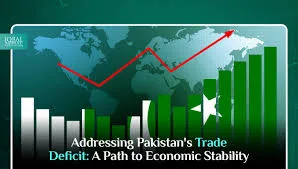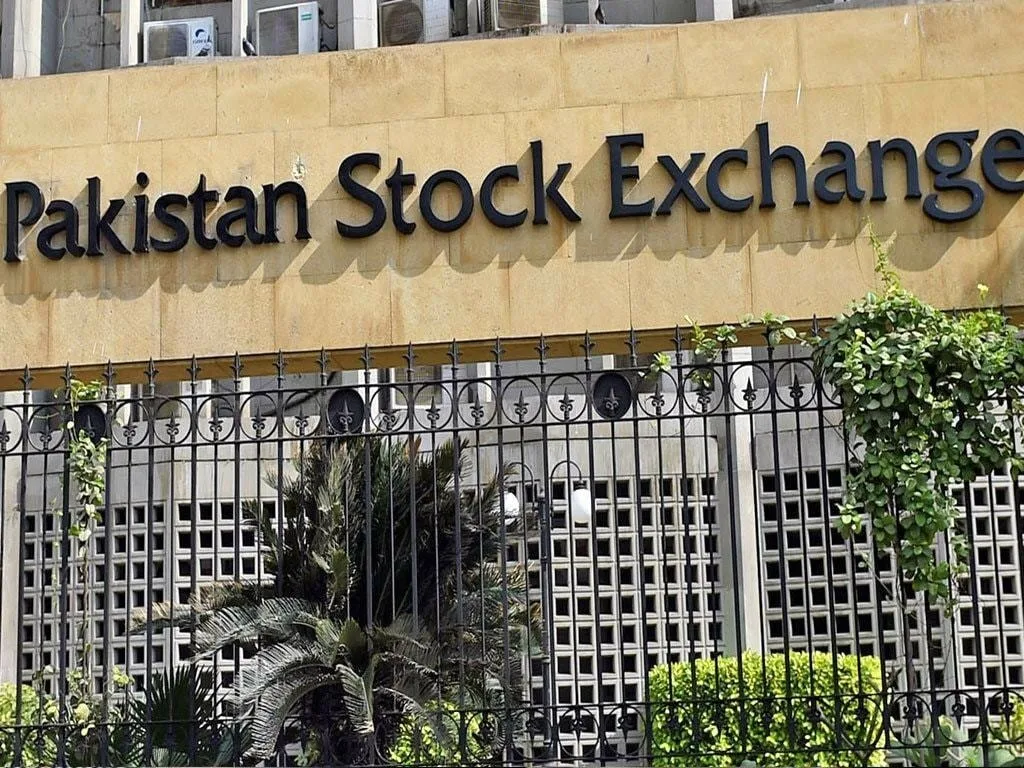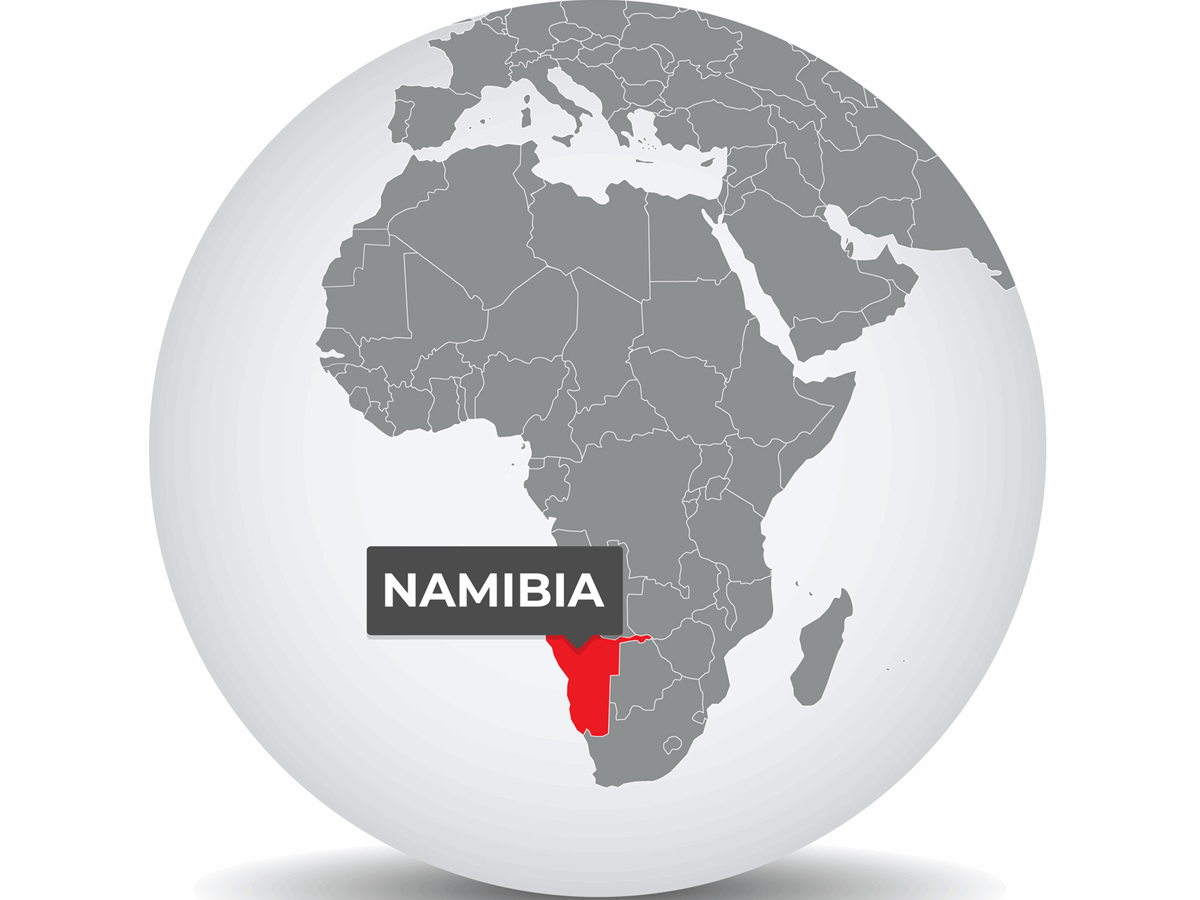Amid ongoing discussions between Pakistan and the International Monetary Fund (IMF), the Pakistani government’s economic team has revealed an initial projection of around $22 billion in external financing. This financing is crucial for meeting the country’s financial obligations and bolstering its economy.
One aspect of Pakistan’s financial plan involves issuing sukuk bonds worth $1.5 billion during the fiscal year 2024-25. Additionally, the government is hopeful of friendly nations extending loan rollovers totaling around $12 billion, offering much-needed relief to the cash-strapped nation.
Pakistan’s financial landscape also includes innovative financing strategies, such as panda bonds, denominated in Chinese yuan. This initiative aims to diversify funding sources and tap into China’s vast bond market, marking a strategic move for Pakistan’s economic stability.
Furthermore, the government is prioritizing tariff rationalization, particularly in the industrial sector, to stimulate domestic production and enhance export competitiveness. High interest rates and energy prices have posed significant challenges to Pakistan’s economy, necessitating targeted interventions to revitalize export-oriented industries.
To achieve these objectives, proposals for industrial power tariff cuts are being considered, with an estimated cost of Rs100 billion in the fiscal year 2024-25. These measures, once approved, are poised to catalyze export growth, potentially adding $2-3 billion to Pakistan’s export revenue.
Overall, Pakistan’s economic strategy revolves around securing external financing, implementing tariff rationalization measures, and fostering a conducive environment for export-led growth. These initiatives underscore the government’s commitment to navigating economic challenges and fostering sustainable development.



